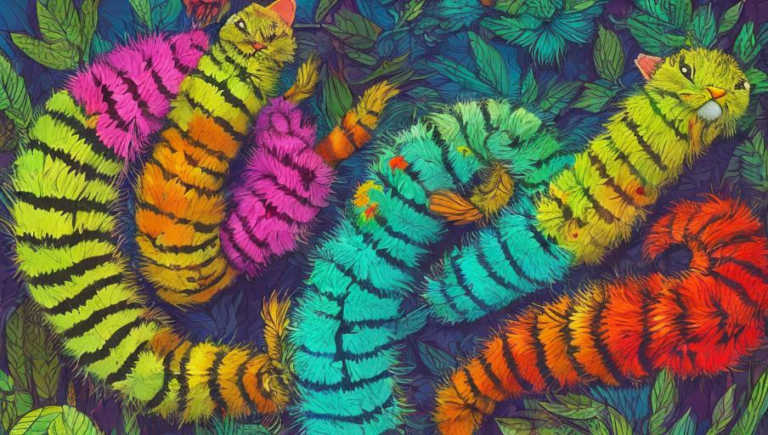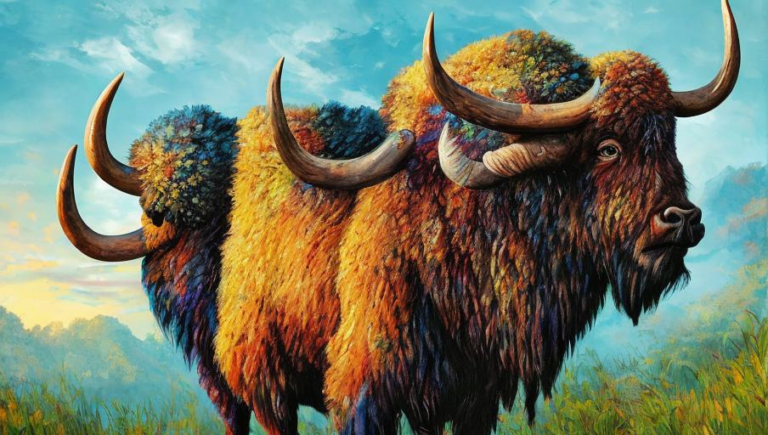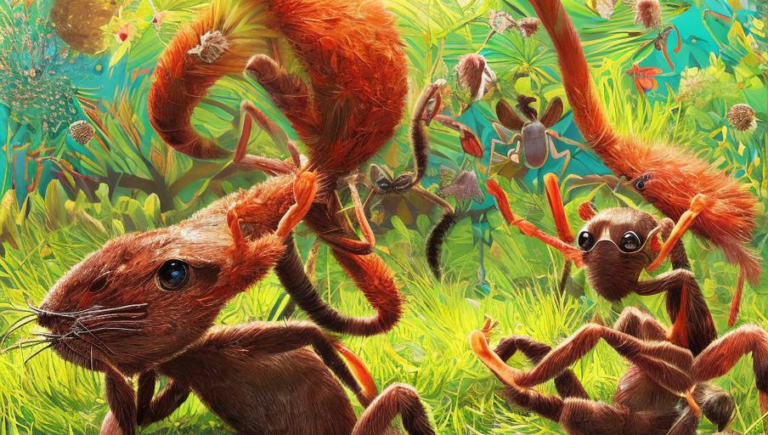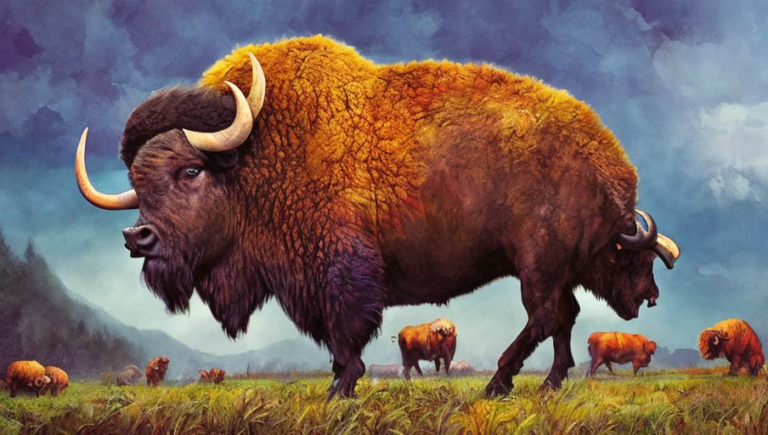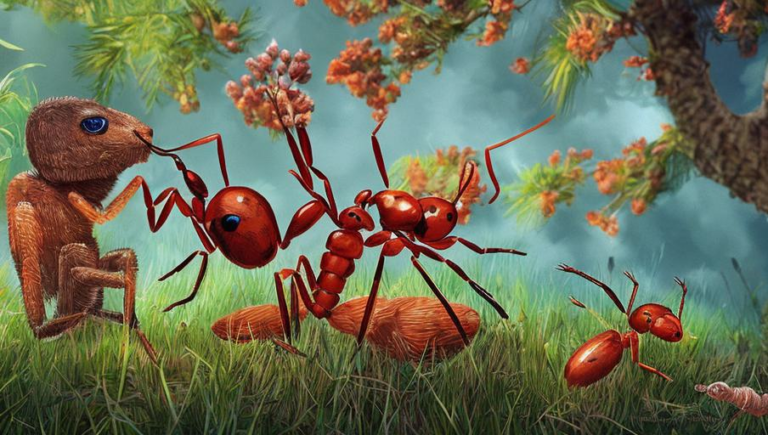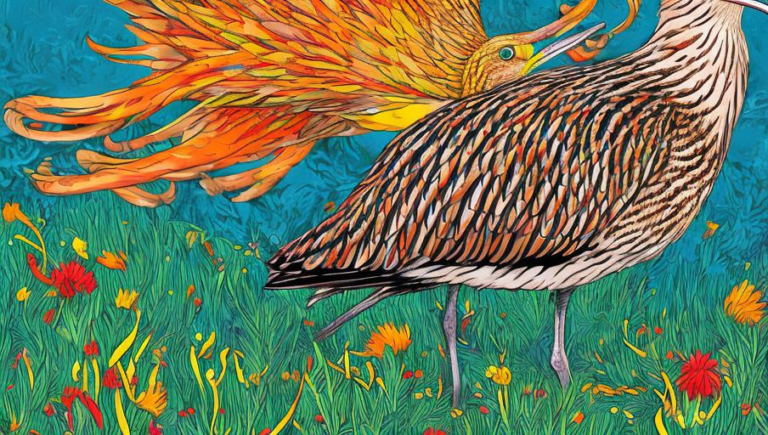Kicking up Dust: A Look at the Buffalo
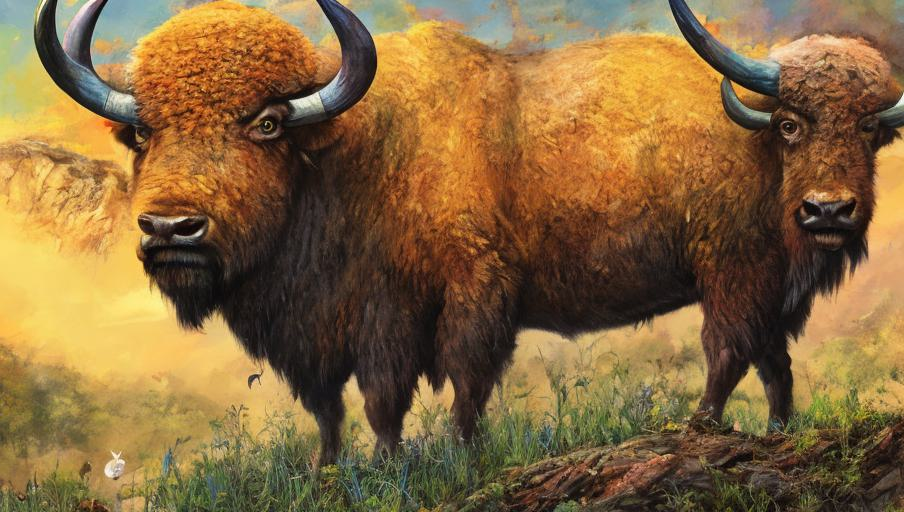
Introduction
The American Buffalo, also known as the Bison, is an iconic symbol of the American West. This majestic, shaggy-legged creature has roamed the plains for hundreds of years, and is an integral part of many cultures. They are an iconic symbol not just of the West but of the entire United States, and are even featured on the national seal.
Their Environment
Buffalo roam in large herds and live in grassland areas across the United States and Canada. They typically feed on grasses, shrubs, and other plants, and can consume up to 40 pounds of vegetation in a single day. They are one of the largest land mammals in North America and can reach up to 6 feet tall and weigh over 2,000 pounds. Buffalo prefer wide open spaces and can move surprisingly fast for their size, up to 35 miles per hour if necessary.
Threats & Conservation
Historically, buffalo have been hunted for their meat, hides and horns, resulting in their near extinction in the 19th century. However, due to successful conservation efforts, their numbers have steadily increased in recent years. Today, there are an estimated 500,000 American Buffalo roaming in the United States, with an additional 80,000 in Canada. Though their numbers have been increasing, there are still a number of threats facing buffalo, including habitat loss, disease, and hunting.
Culture & Significance
The buffalo is an important symbol in many Native American cultures. It is seen as a symbol of strength, courage, and prosperity. Many tribes still hunt buffalo today, using the hide and meat for clothing, food, and tools. Buffalo are also important to the environment, as their grazing habits create open areas of land, which in turn provides essential habitat for a variety of other species.
Conclusion
The American Buffalo is an iconic symbol of the American West and of the United States. Though their numbers have been decreasing in the past, conservation efforts have been successful and their numbers are now increasing. They are an important part of the environment and many cultures, and should be protected and respected.
